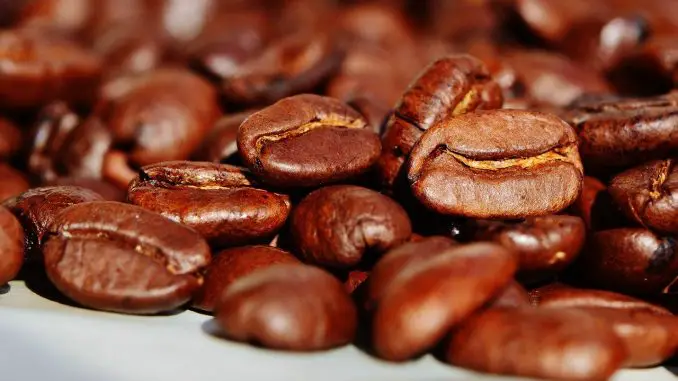
Biological diversity decreases
In order to create large areas with coffee plantation, one must disrupt the then vegetation in the area. Coffee is grown in a tropical climate and therefore rainforests and other forest vegetation are often destroyed in mountainous landscapes. This leads to a decrease in biodiversity, ie the number of species decreases.
When the forest is destroyed, many species ‘homes’ disappear and they can die out because they are unable to live in the new vegetation on the coffee plantation or that they are unable to seek a new habitat with their habitat, thus the environment for which they are adapted.
Most species have their own niche, they are adapted to a certain environment and thus have properties that are suitable for that environment. If their habitat changes due to a disturbance, in this case, forest deforestation, their niche with the environment no longer fits and the species becomes difficult to survive. The only way out for the species is that new mutations occur that change the species’ niche or that the species finds new habitats.
The coffee plantations are monocultures, since they are areas consisting of almost only one species. Monocultures have certain negative consequences, for example that plant diseases and pest insects specialize in a current, one-sided environment. This means that they propagate easily and that the damage to the crop thus increases. As a result, pesticides are being used more and more.
There is, however, a coffee variety, called shade coffee, which is grown in the rainforest and instead of scavenging the rainforest, you take advantage of the ecosystem services that the rainforest can provide. You can read more about this in another post called “shadow coffee”.
Another consequence of forest degradation is soil erosion. Soil erosion means that soil is washed away from the soil. It can be formed by strong winds, heavy rainfall and that there is too little vegetation that binds the soil. The latter is what happens as a result of deforestation. When the original vegetation is removed from an area to build coffee plantations instead, serious soil erosion can occur. This is because the vegetation that once existed where the earth tied its roots and thus retained it. Unless these plants are left, neither are the roots required to hold the soil in place.
Therefore, large amounts of soil can be rinsed off, much like a soil layer slides away from the lower soil layer. It will certainly be extra serious if there is also a rainfall in an area where vegetation has been removed.
Plow-free cultivation, a form of reduced tillage, prevents soil erosion. Soil erosion can lead to water slamming, causing fish and coral reefs to be damaged. Nutrients also disappear and the risk of flooding increases.

Leave a Reply